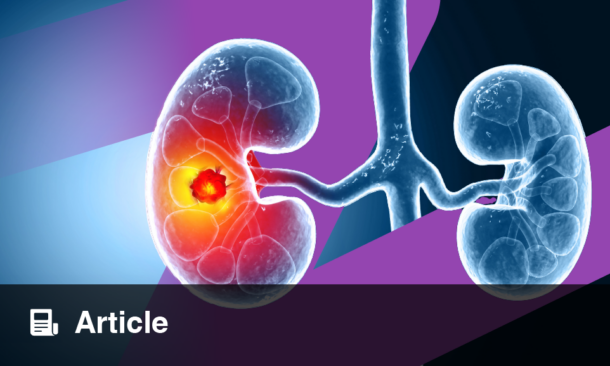A CUTTING-edge study has demonstrated that incorporating MRI-based radiomic features with clinical data significantly improves the prediction of disease upstaging in patients with ductal carcinoma in situ (DCIS), compared to using clinical information alone.
DCIS is a nonlethal, preinvasive form of breast cancer. While breast MRI is widely used for characterising the extent of the disease, DCIS is often overtreated. Researchers emphasise the need for more precise risk stratification models to reduce unnecessary interventions and improve patient outcomes.
The study, a secondary analysis of data from the Eastern Cooperative Oncology Group–American College of Radiology Imaging Network (ECOG-ACRIN) E4112 trial, sought to enhance predictive accuracy by integrating advanced imaging techniques. It involved 297 female participants with a median age of 60 years. Dynamic contrast-enhanced (DCE) MRI scans were analysed using radiologist-drawn lesion segmentations and the Cancer Phenomics Toolkit (CaPTk) software, which extracted 65 radiomic features.
Participants were categorised into two distinct radiomic phenotypes, which were found to be significantly associated with disease upstaging (P = .007). The research team developed logistic regression models incorporating clinical and MRI-based radiomic data, testing their performance using a training and test dataset split at a 3:2 ratio.
The most effective model, which combined the top three radiomic principal components with clinical and qualitative MRI features, achieved an area under the receiver operating characteristic curve (AUC) of 0.77 (95% CI: 0.65, 0.88). This model demonstrated a 25% improvement in identifying true-negative cases compared to using clinical data alone, increasing specificity from 28% to 53%.
However, the study found that radiomic models were not predictive of DCIS scores (P > .05), suggesting their limitations in certain aspects of risk assessment.
The findings underscore the potential of radiomics in improving the accuracy of breast cancer staging and reducing overtreatment. Future research could refine these models further, enabling more personalised treatment strategies for patients diagnosed with DCIS.
Reference
Slavkova KP et al. MRI-based radiomic features for risk stratification of ductal carcinoma in situ in a multicenter setting. Radiology. 2025;315(1):e241628.








